- Tips for Growing Rucola in the Vegetable Garden and on the Windowsill
- 1. Choose the right location
- 2. Prepare the soil
- 3. Start from seeds
- 4. Thin the seedlings
- 5. Water regularly
- 6. Harvest frequently
- 7. Fertilize sparingly
- 8. Protect from pests
- 9. Extend the growing season
- 10. Enjoy fresh rucola
- Choose a Suitable Location
- Outdoor Growing
- Indoor Growing on the Windowsill
- Prepare the Soil
- Sow Rucola Seeds
- Watering and Fertilizing
- Watering
- Fertilizing
- Managing Pests and Diseases
- Common Pests
- Common Diseases
- Preventive Measures
- Note:
- Harvesting Rucola
- 1. Harvesting Time
- 2. Leaf Harvest
- 3. Whole Plant Harvest
- 4. Successive Harvests
- 5. Storage and Shelf Life
- Growing Rucola on the Windowsill
- 1. Choose a suitable container:
- 2. Prepare the soil:
- 3. Sow the seeds:
- 4. Provide optimal growing conditions:
- 5. Harvest the leaves:
- 6. Fertilize if needed:
- Culinary Uses and Recipes
- Raw in Salads
- Pesto
- Stir-Fries and Sauteed Dishes
- Rucola and Goat Cheese Pizza
- Rucola and Avocado Salad
- Table 1: Rucola Recipes
- “Question-Answer”
- What is rucola?
- Can I grow rucola in my vegetable garden?
- When should I plant rucola seeds?
- Can I grow rucola on my windowsill?
- How often should I water rucola plants?
- How long does it take for rucola to grow?
- “Video” #21 How I Makeover My Tiny Balcony On a Budget (150$) | DIY Balcony Transformation Ep02
Rucola, also known as arugula, is a leafy green vegetable with a distinct peppery taste. It is a popular ingredient in salads, sandwiches, and pasta dishes. Rucola is easy to grow and can be cultivated both in a vegetable garden and on a windowsill. In this article, we will provide you with some tips on how to successfully grow rucola, from sowing the seeds to harvesting the leaves.
To start growing rucola in your vegetable garden, choose a sunny spot with well-draining soil. Rucola prefers rich, fertile soil, so it’s a good idea to amend the soil with compost or organic matter before planting. Sow the seeds directly into the soil, about half an inch deep, and cover them with a thin layer of soil. Water the soil well after planting to ensure proper germination.
If you don’t have a vegetable garden, you can still grow rucola on your windowsill. Choose a container with good drainage and fill it with potting soil. Scatter the seeds over the soil surface and lightly press them into the soil. Place the container in a sunny window and water regularly to keep the soil moist. In just a few weeks, you will have fresh rucola leaves ready to harvest.
Whether you are growing rucola in your vegetable garden or on your windowsill, it’s important to keep the soil consistently moist. Rucola plants prefer cooler temperatures, so try to provide some shade during hot summer days. Regularly harvest the outer leaves to promote new growth and prevent the plant from bolting.
In conclusion, rucola is a versatile and easy-to-grow vegetable that can be enjoyed fresh from your garden or windowsill. By following these tips, you can successfully grow rucola and add a delicious and nutritious ingredient to your meals.
Tips for Growing Rucola in the Vegetable Garden and on the Windowsill
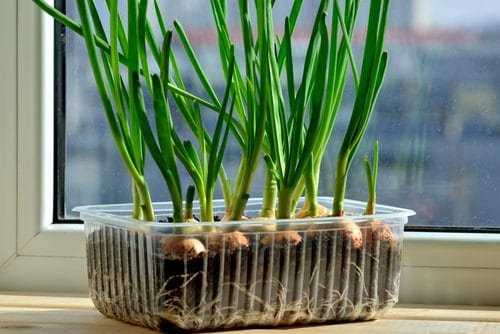
1. Choose the right location
Rucola thrives in full sun to partial shade, so choose a location in your garden or on your windowsill that receives at least 4-6 hours of sunlight per day. If you’re growing it indoors, place it near a sunny window or use artificial grow lights.
2. Prepare the soil
Rucola prefers well-draining soil that is rich in organic matter. Before planting, amend the soil with compost or well-rotted manure to improve its fertility and drainage. Make sure the soil is loose and crumbly to allow the roots to penetrate easily.
3. Start from seeds
Rucola is best grown from seeds. Directly sow the seeds in your garden or in a well-draining container on your windowsill. Sow the seeds about 1/4 inch deep and 1-2 inches apart. Keep the soil consistently moist until the seeds germinate, which usually takes about 7-14 days.
4. Thin the seedlings
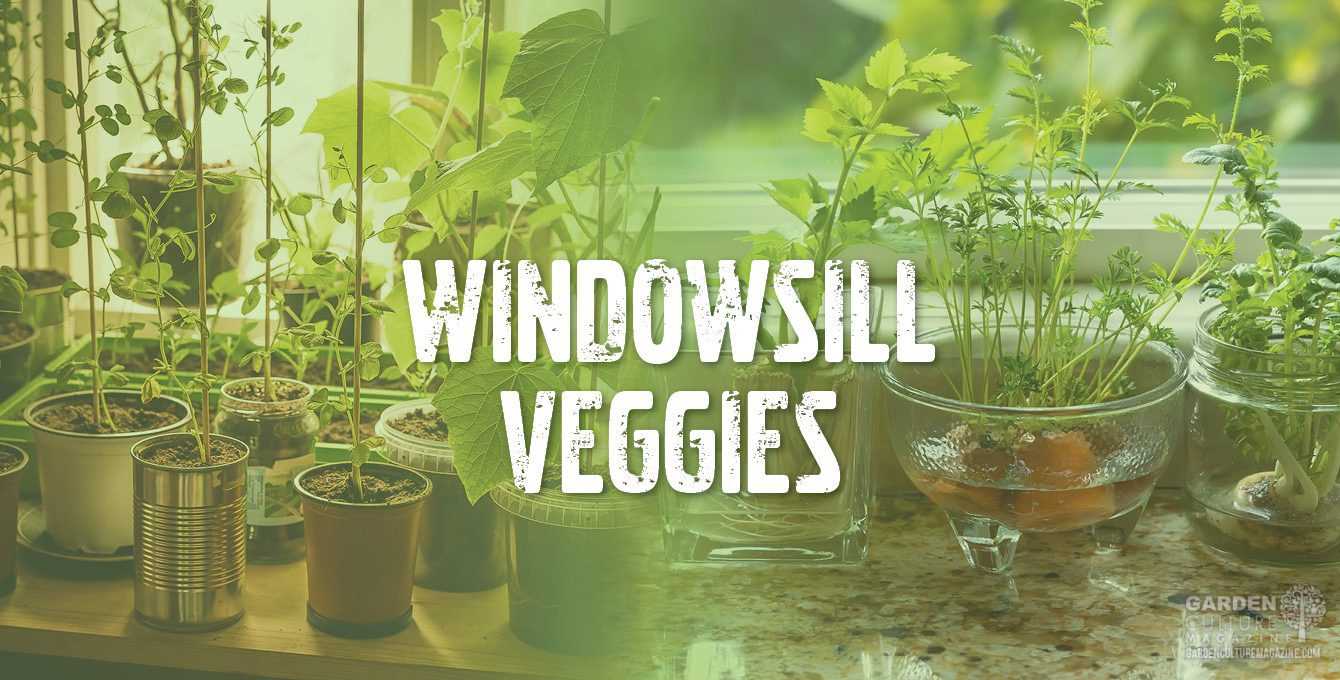
Once the seedlings are about 2-3 inches tall, thin them to allow proper spacing. Space the plants about 6-8 inches apart to give them enough room to grow and develop fully. Remove the weaker seedlings, leaving only the healthy and vigorous ones.
5. Water regularly
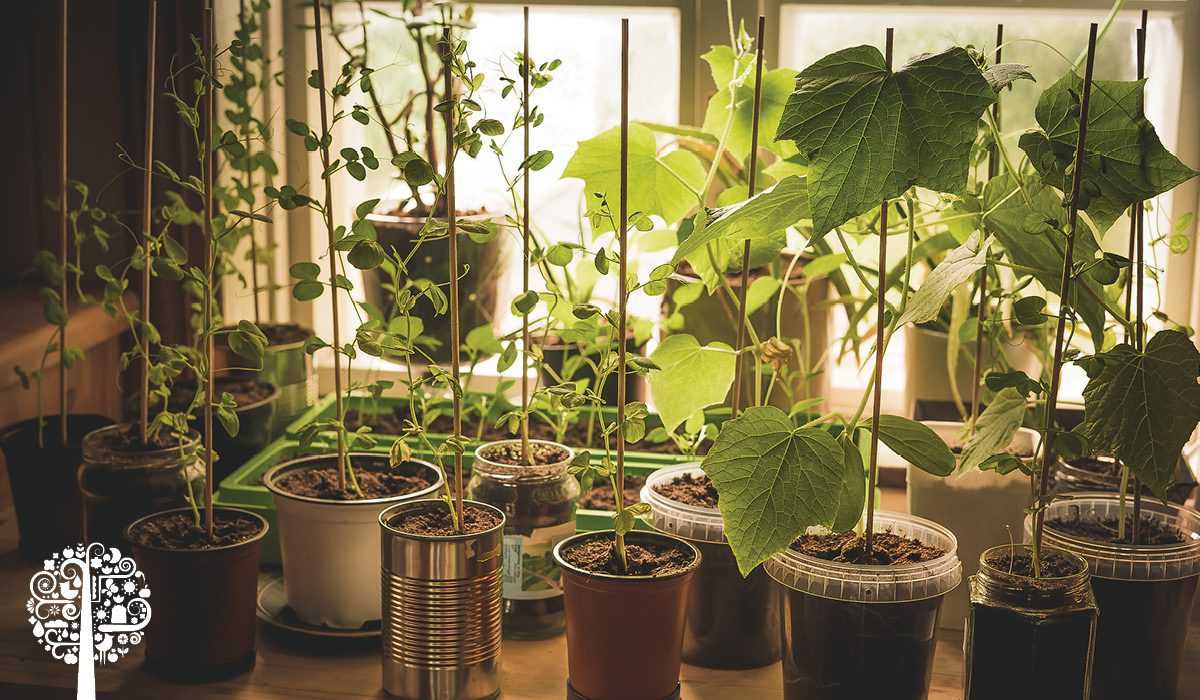
Rucola prefers evenly moist soil, so water it regularly to keep the soil moist but not waterlogged. Avoid overhead watering, as wet foliage can lead to fungal diseases. Instead, water at the base of the plants to keep the leaves dry.
6. Harvest frequently
Rucola is a fast-growing crop that can be harvested as soon as the leaves reach about 2-3 inches in length. Harvesting frequently encourages new growth and prevents the plants from bolting. Cut the outer leaves with a sharp knife or scissors, leaving the inner leaves to continue growing.
7. Fertilize sparingly
Rucola doesn’t require heavy fertilization, as excessive nitrogen can result in lush foliage but minimal flavor. Instead, use a balanced organic fertilizer or compost to provide a gentle nutrient boost. Apply the fertilizer sparingly, following the package instructions.
8. Protect from pests
Rucola is relatively pest-resistant, but it can be attacked by flea beetles, aphids, and slugs. Monitor your plants regularly and take action at the first sign of infestation. Use organic pest control methods such as companion planting, introducing beneficial insects, or handpicking pests.
9. Extend the growing season
If you want to extend the growing season, consider planting rucola in early spring and again in late summer for a fall harvest. You can also use row covers or cold frames to protect the plants from frost and prolong their productivity.
10. Enjoy fresh rucola
Rucola is best enjoyed fresh in salads, sandwiches, or as a garnish. Harvest the leaves just before using them to ensure the best flavor and texture. Store any leftover rucola in a plastic bag in the refrigerator, where it will stay fresh for up to a week.
Choose a Suitable Location
To successfully grow rucola, you need to choose a suitable location that meets its requirements. Rucola prefers a sunny spot with partial shade, especially during the hotter part of the day. It can tolerate some shade, but too much shade can cause the plants to become leggy and less productive.
Outdoor Growing
If you’re planning to grow rucola in your vegetable garden, choose a location that receives at least 4-6 hours of direct sunlight daily. The soil should be well-draining, rich in organic matter, and slightly acidic with a pH level between 6 and 7. Before planting, it’s a good idea to amend the soil with compost or well-rotted manure to improve its fertility and drainage.
Rucola can be sown directly in the ground or in containers. If growing in containers, choose pots that are at least 6 inches deep to accommodate the plant’s root system. Place the containers in a location that receives enough sunlight and provide adequate water to keep the soil evenly moist.
Indoor Growing on the Windowsill
Rucola can also be grown indoors on a windowsill, especially if you don’t have access to an outdoor garden. Choose a south-facing window that receives ample sunlight throughout the day. If the window doesn’t provide enough light, you can supplement it with grow lights.
Use well-draining potting soil specifically formulated for indoor plants. Fill a shallow container or a planter with the soil and sow the rucola seeds according to the package instructions. Keep the soil consistently moist but not waterlogged, and place a tray beneath the container to catch excess water.
By choosing a suitable location for your rucola plants, you can ensure their successful growth and a bountiful harvest.
Prepare the Soil
Before planting rucola, it’s important to prepare the soil to provide the best conditions for growth and development. Here are some steps to follow:
- Choose a well-draining soil: Rucola thrives in soil that drains well, so make sure to select a soil mixture that is loose and crumbly.
- Remove any weeds: Before planting, remove any weeds or grass from the area where you plan to grow rucola. This will prevent competition for nutrients and space.
- Amend the soil: Rucola prefers a slightly acidic soil with a pH between 6.0 and 6.5. If necessary, you can add compost or organic matter to improve the soil quality and adjust the pH level.
- Loosen the soil: Use a garden fork or a tiller to loosen the soil to a depth of about 6-8 inches. This will help promote root development and allow the rucola plants to establish themselves more easily.
- Remove any large rocks or debris: Take the time to remove any large rocks, sticks, or roots from the soil. This will create a smoother planting surface and prevent obstruction of the root system.
By following these steps to prepare the soil, you can create an optimal environment for growing rucola in your vegetable garden or on your windowsill. Remember to water the plants regularly and provide adequate sunlight to ensure healthy growth.
Sow Rucola Seeds
Growing rucola from seeds is a simple and rewarding process. Here’s how you can sow rucola seeds in your vegetable garden or on the windowsill:
- Choose a Location: Rucola prefers well-draining soil and partial shade, but it can also tolerate full sun. Select a location that meets these requirements.
- Prepare the Soil: Rucola grows best in fertile soil. Before sowing the seeds, amend the soil with compost or well-rotted manure to improve its fertility.
- Sow the Seeds: Spread the rucola seeds evenly across the prepared soil. If planting in rows, space the seeds about 1 inch apart. If planting in containers, scatter the seeds on the surface and gently press them into the soil.
- Cover and Water: After sowing the seeds, cover them with a thin layer of soil or vermiculite. This will help retain moisture and promote germination. Water the area gently to keep the soil moist but not waterlogged.
- Provide Adequate Light: Rucola needs at least 3-4 hours of direct sunlight each day to grow properly. If you’re growing it on the windowsill, place the containers in a sunny spot.
- Thin Out the Seedlings: Once the seedlings reach a height of 2-3 inches, thin them out to provide enough space for each plant to grow. Leave about 6-8 inches between each rucola plant.
- Water and Fertilize: Keep the soil consistently moist by watering the plants regularly. Rucola also benefits from regular feeding with a balanced organic fertilizer.
- Harvesting: Rucola leaves can be harvested when they are around 2-3 inches long. Simply snip off the leaves near the base to encourage continuous growth. Avoid harvesting the entire plant at once to allow it to regrow.
By following these steps, you can successfully sow rucola seeds and enjoy a fresh supply of this tasty and nutritious green in your garden or on your windowsill.
Watering and Fertilizing
Watering and fertilizing are important aspects of growing rucola successfully. Here are some tips to help you provide the right conditions for your plants:
Watering
Rucola plants need regular watering to keep the soil consistently moist. However, it is important not to overwater, as this can lead to root rot and other diseases. Here are some guidelines for watering rucola:
- Water the plants deeply once or twice a week, depending on the weather and soil conditions.
- Check the moisture level of the soil regularly by inserting your finger into the soil. If the top inch of soil feels dry, it’s time to water.
- Water the plants at the base to avoid wetting the leaves, as this can increase the risk of fungal diseases.
- Consider using a drip irrigation system or a soaker hose to provide a slow, steady water supply to the plants.
Fertilizing

Rucola plants are relatively low-maintenance when it comes to fertilizing. However, adding nutrients to the soil can help promote healthy growth and improve flavor. Here are some tips for fertilizing rucola:
- Before planting, incorporate well-aged compost or organic matter into the soil to provide a rich source of nutrients.
- During the growing season, you can use a balanced organic fertilizer or a slow-release granular fertilizer according to the manufacturer’s instructions.
- Alternatively, you can use a liquid fertilizer applied every two to four weeks.
- Avoid over-fertilizing, as this can lead to excessive leaf growth and a bitter taste.
By following these watering and fertilizing tips, you can ensure that your rucola plants thrive and produce a bountiful harvest of fresh and flavorful leaves.
Managing Pests and Diseases
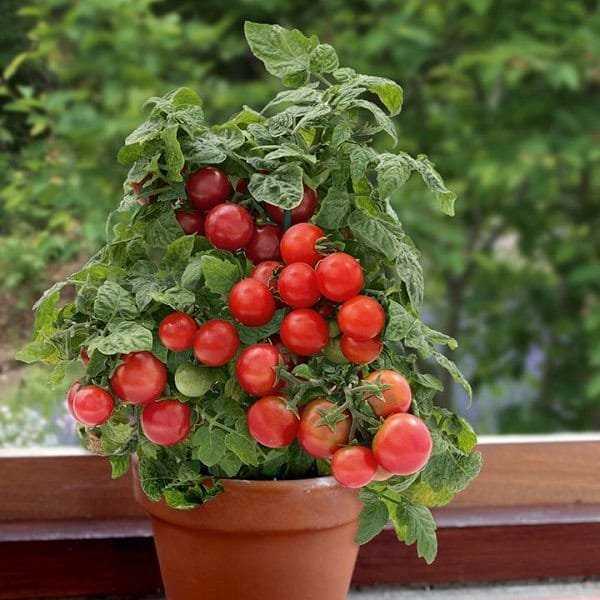
Pests and diseases can impact the health and productivity of your rucola plants. It’s important to know how to identify and manage these issues to ensure a successful harvest.
Common Pests
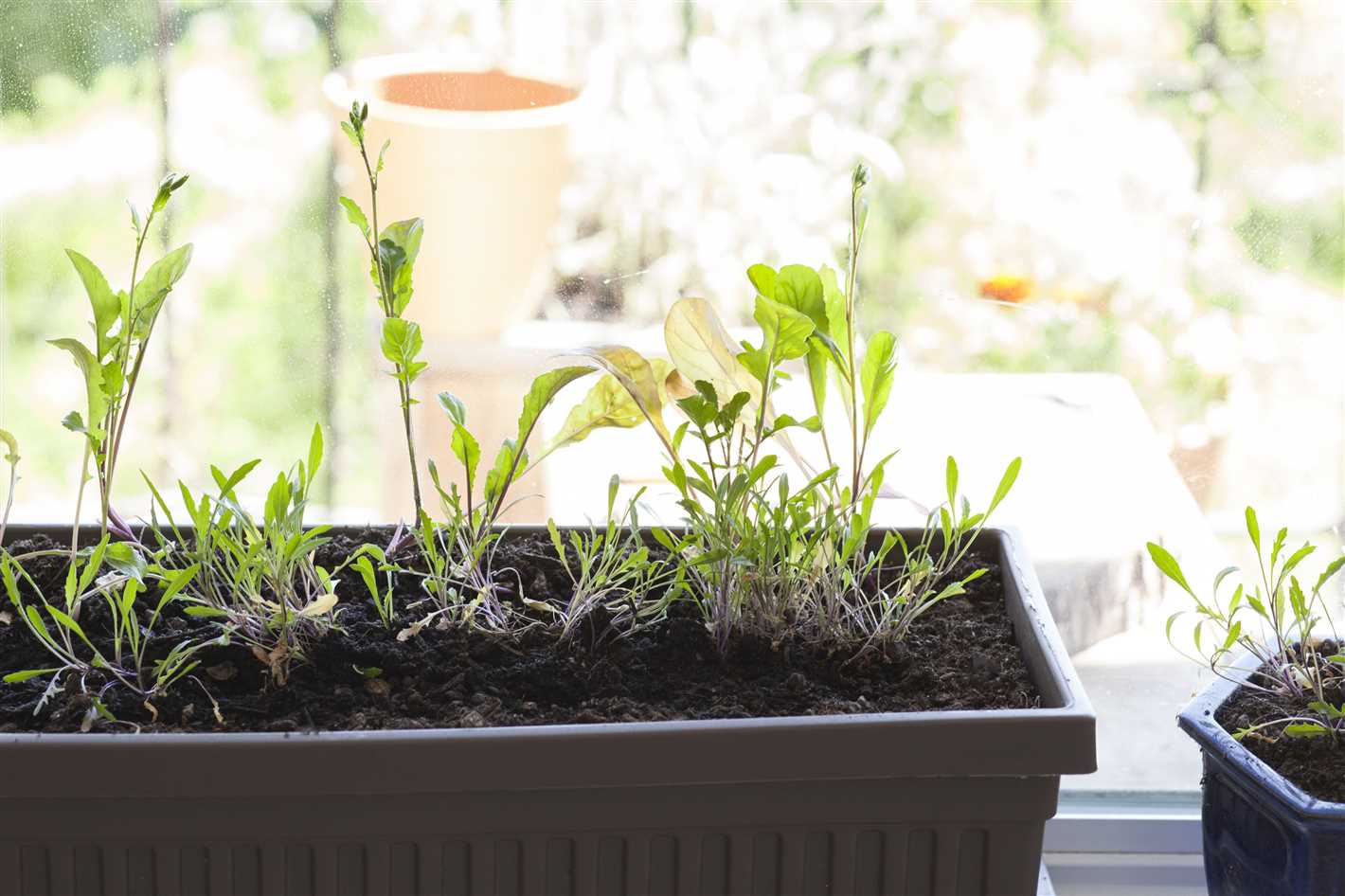
- Aphids: These small insects feed on the sap of the plant and can cause wilting and yellowing of the leaves. Use insecticidal soap or neem oil to control aphid populations.
- Slugs and Snails: These pests can munch on the leaves, leaving behind large holes. Handpicking and placing beer traps can help control slugs and snails.
- Cabbage Worms: These green caterpillars feed on the leaves and can cause significant damage. Applying BT (Bacillus thuringiensis) can help control cabbage worms.
Common Diseases
- Downy Mildew: This fungal disease appears as yellow spots on the upper surface of leaves and a whitish, fuzzy growth on the lower surface. Good air circulation and reducing leaf wetness can help prevent downy mildew.
- Clubroot: This soilborne disease causes the roots to become swollen and deformed. Crop rotation and improving soil drainage can help manage clubroot.
- White Rust: This fungal disease causes yellowish or whitish pustules on the undersides of leaves. Removing infected leaves and applying fungicides can help control white rust.
Preventive Measures
To minimize the risk of pests and diseases, follow these preventive measures:
- Plant rucola in well-draining soil and provide adequate spacing between plants to promote good air circulation.
- Inspect plants regularly for signs of pests or diseases, and take action at the first sign of an issue.
- Water plants at the base to avoid wetting the leaves, as this can create a favorable environment for fungal diseases.
- Practice crop rotation and avoid planting rucola in the same spot year after year.
- Keep the garden clean by removing any fallen plant debris that may harbor pests or diseases.
- Consider using organic pest control methods, such as beneficial insects or homemade insecticidal sprays.
Note:
If you’re unsure about a particular pest or disease affecting your rucola plants, consult a local gardening expert or extension service for help with identification and control methods specific to your area.
Harvesting Rucola
Rucola, also known as arugula or rocket, is a fast-growing and versatile green that can be harvested multiple times throughout its growing season. Here are some tips on when and how to harvest rucola:
1. Harvesting Time
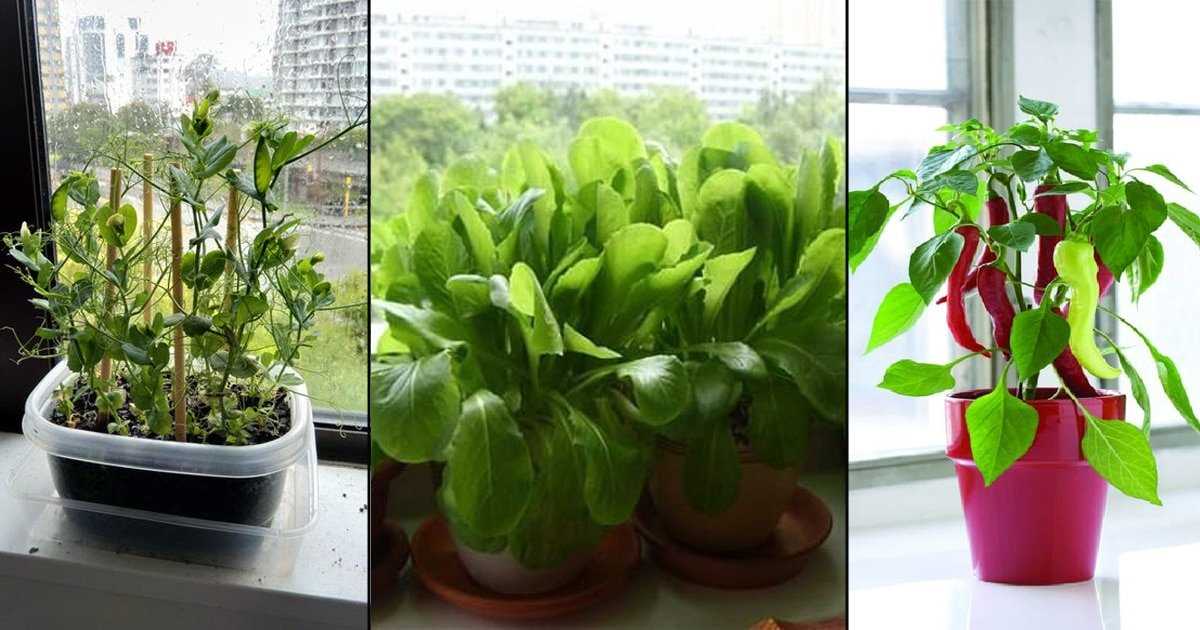
Rucola can be harvested when the leaves are young and tender, usually around 20-40 days after sowing, depending on the variety. It is best to harvest rucola in the morning when the leaves are crisp and full of flavor.
2. Leaf Harvest
The most common way to harvest rucola is by picking the individual leaves. Gently remove the outer leaves with your fingers or use a pair of clean gardening shears to cut the leaves just above the soil surface. Leave the inner leaves to continue growing and allow for regrowth.
3. Whole Plant Harvest
If you prefer to harvest rucola in larger quantities, you can also opt for a whole plant harvest. Wait until the rucola plant has reached a desirable size, usually around 6-8 inches tall. Carefully cut the whole plant just above the soil surface, leaving a small portion of the stem behind. This method is especially useful if you have a surplus of rucola or want to use it for preserving purposes.
4. Successive Harvests
Rucola is a cut-and-come-again crop, which means it can be harvested multiple times. As long as you continue to harvest the outer leaves or perform whole plant harvests, the rucola plant will continue to produce new leaves. This allows you to enjoy fresh rucola throughout the growing season.
5. Storage and Shelf Life
After harvesting, it is important to store rucola properly to maintain its freshness and flavor. Rinse the leaves under cold water to remove any dirt or debris. Shake off excess moisture and store the rucola in a breathable plastic bag or container lined with paper towels. Place it in the refrigerator, where it can stay fresh for up to 1 week.
By following these guidelines, you can ensure that you harvest rucola at its peak flavor and enjoy its peppery taste in a variety of dishes!
Growing Rucola on the Windowsill
Rucola, also known as arugula or rocket, is a popular leafy green vegetable that can be easily grown on a windowsill. Here are some tips and steps to help you grow rucola on your windowsill:
1. Choose a suitable container:
- Opt for a shallow container with drainage holes to prevent waterlogging.
- A container with a width of at least 10 inches is recommended to allow enough space for the plant to grow.
2. Prepare the soil:
- Use a well-draining potting mix or create your own mix using equal parts of compost, perlite, and peat moss.
- Make sure the soil is moist but not waterlogged before planting the seeds.
3. Sow the seeds:
- Spread the rucola seeds evenly over the soil surface, leaving about 1 inch of space between each seed.
- Lightly cover the seeds with a thin layer of soil, around 1/8 inch deep.
4. Provide optimal growing conditions:
- Place the container in a sunny spot on your windowsill where the rucola will receive at least 6 hours of direct sunlight per day.
- Keep the soil consistently moist by watering the plants regularly, but avoid overwatering as it can lead to root rot.
5. Harvest the leaves:
- As the rucola plants grow, you can start harvesting the outer leaves when they are about 2-3 inches long.
- Snip the leaves off near the base of the plant, leaving the inner leaves to continue growing.
6. Fertilize if needed:
- If the plants show signs of slow growth or nutrient deficiency, you can fertilize them with a balanced liquid fertilizer once a month.
- Follow the manufacturer’s instructions for the proper dilution and application method.
Growing rucola on your windowsill is a convenient way to have fresh greens at your fingertips. With proper care and attention, you can enjoy a continuous harvest of this delicious leafy vegetable.
Culinary Uses and Recipes
Raw in Salads
Rucola is most commonly used as a fresh leafy green in salads. Its slightly peppery and nutty flavor adds a unique taste to any salad recipe. It pairs well with other salad greens, fruits, vegetables, and herbs.
Pesto
Rucola can be used as the main ingredient in a delicious homemade pesto sauce. Simply combine rucola leaves, garlic, pine nuts, Parmesan cheese, and olive oil in a food processor. Process until smooth, and voila! You have a flavorful pesto sauce that can be used on pasta, pizza, sandwiches, and more.
Stir-Fries and Sauteed Dishes
Rucola is a versatile green that can be quickly cooked in stir-fries and sauteed dishes. Its bold flavor adds a punch to any dish. Add it towards the end of the cooking process to maintain its crispness and flavor.
Rucola and Goat Cheese Pizza
A classic way to enjoy rucola is on top of a pizza. Spread goat cheese on a pizza crust, then add rucola leaves, cherry tomatoes, and a drizzle of balsamic glaze. Bake until the crust is golden and the cheese is melted. This combination of flavors is sure to impress.
Rucola and Avocado Salad
Combine rucola leaves, diced avocado, cherry tomatoes, red onion, and feta cheese in a bowl. Drizzle with olive oil, lemon juice, salt, and pepper to taste. Toss lightly to combine and serve as a refreshing salad.
Table 1: Rucola Recipes
| Recipe | Description |
|---|---|
| Rucola and Walnut Salad | Refreshing salad with the crunch of walnuts. |
| Rucola Pesto Pasta | Pasta dish tossed in homemade rucola pesto sauce. |
| Rucola and Prosciutto Sandwich | Sandwich filled with rucola, prosciutto, mozzarella, and a touch of balsamic glaze. |
| Rucola and Roasted Beet Salad | Colorful salad with roasted beets, goat cheese, and balsamic dressing. |
There are numerous other ways to incorporate rucola into your cooking. Experiment with different recipes and enjoy the unique flavor and nutritional benefits of this wonderful green.
“Question-Answer”
What is rucola?
Rucola, also known as arugula or rocket, is a leafy green vegetable that has a peppery flavor. It is commonly used in salads or as a topping for pizzas and sandwiches.
Can I grow rucola in my vegetable garden?
Yes, you can definitely grow rucola in your vegetable garden. It is a cool-season crop that thrives in well-drained soil and full sun. You can sow the seeds directly in the garden or start them indoors and then transplant them outside.
When should I plant rucola seeds?
Rucola is a cool-season crop, so it is best to plant the seeds in early spring or late summer. Planting in hot weather can cause the leaves to become bitter.
Can I grow rucola on my windowsill?
Yes, you can grow rucola on your windowsill. It is a great option for those who don’t have a garden or want to have fresh greens year-round. Just make sure the pot has good drainage and place it in a sunny spot.
How often should I water rucola plants?
Rucola plants prefer to be kept evenly moist, so it is important to water them regularly. Check the soil moisture level and water whenever the top inch feels dry. Avoid overwatering, as it can lead to root rot.
How long does it take for rucola to grow?
Rucola plants typically reach maturity in about 40-50 days after sowing. However, you can start harvesting the leaves as soon as they are big enough to eat, usually around 3-4 weeks after sowing.







